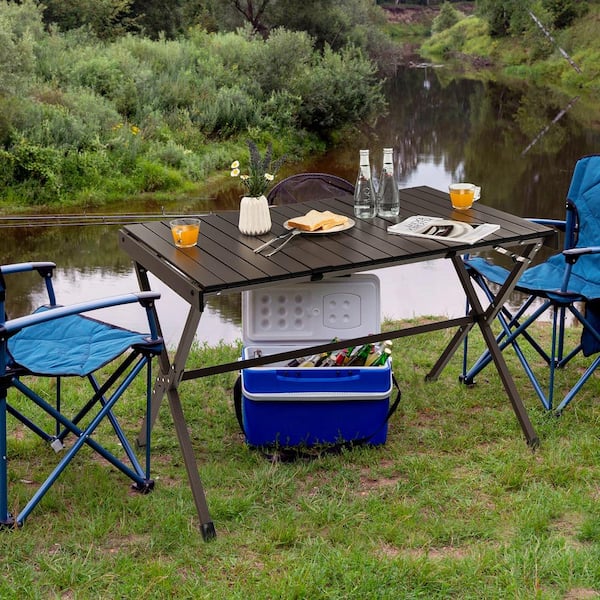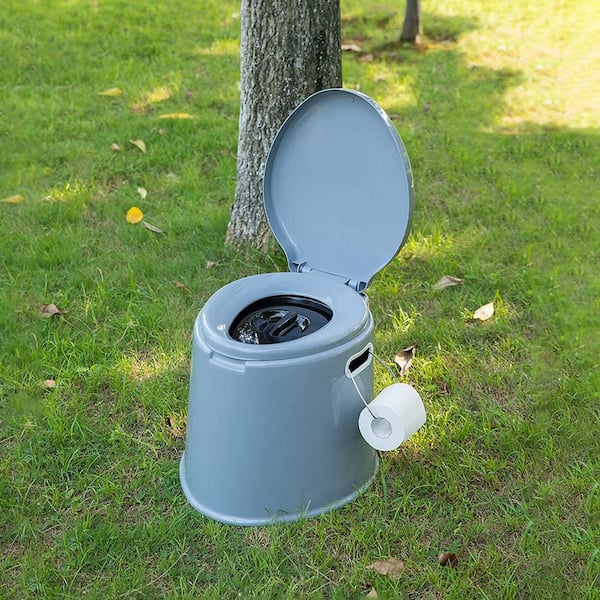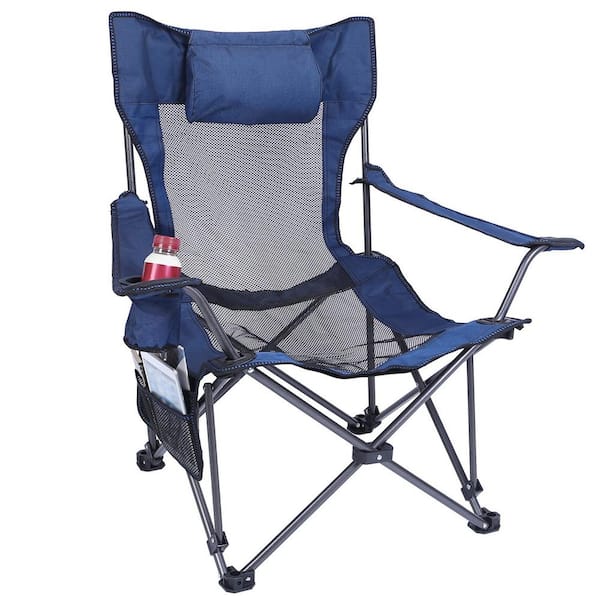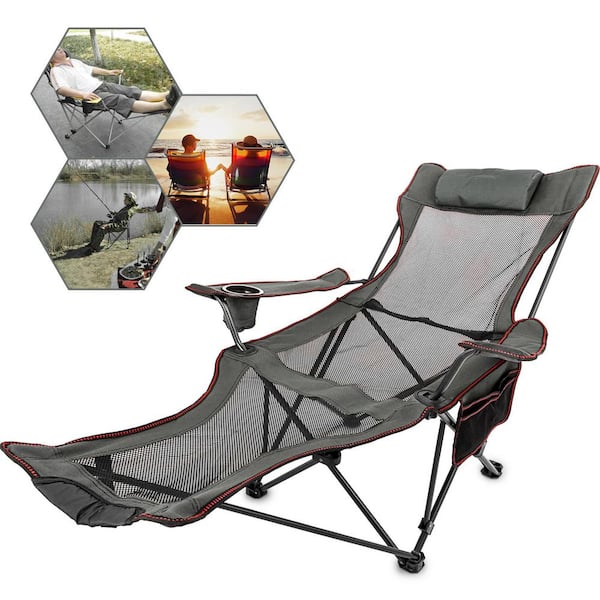Introduction:
Camping is one of the best ways to enjoy the great outdoors and connect with nature. And what better way to enhance your camping experience than with a camping griddle? Camping griddles are versatile, compact, and perfect for cooking a wide variety of mouth-watering meals while out in the wilderness. In this ultimate guide, we will take you through everything you need to know about camping griddles, including the types of griddles available, how to choose the right one for your needs, and some delicious camping griddle recipes to try out on your next outdoor adventure.
Part 1: Types of Camping Griddles
Level 1: Portable Griddles
Portable camping griddles are designed to be lightweight and compact, making them easy to transport and perfect for camping trips. They are typically made of materials such as aluminum or stainless steel, which are durable and easy to clean. Portable griddles come in various sizes, ranging from small single-burner griddles to larger multi-burner options.
Level 2: Built-in Griddles
Built-in camping griddles are often found in RVs, campers, or tailgating setups. These griddles are usually larger and more heavy-duty than portable griddles, and they often come with additional features such as grease management systems and adjustable heat controls. Built-in griddles are perfect for cooking for larger groups or families while on the go.
Part 2: Choosing the Right Camping Griddle
Level 1: Size and Cooking Area
When choosing a camping griddle, it’s essential to consider the size of the cooking area and how many people you will be cooking for. If you’re camping with a large group, a larger griddle with multiple burners may be more suitable. However, if you’re camping solo or with a small group, a smaller griddle with a single burner may be sufficient.
Level 2: Fuel Source
Camping griddles can be powered by various fuel sources, including propane, butane, or even charcoal. Consider the availability of the fuel source at your camping destination and choose a griddle that is compatible with the fuel you prefer to use. Propane griddles are a popular choice for camping due to their convenience and reliability.
Part 3: Cooking Tips and Techniques
Level 1: Preparing the Griddle
Before using your camping griddle, it’s essential to properly season and prepare it to prevent food from sticking. Most camping griddles come with non-stick coatings, but seasoning the griddle with oil or cooking spray can help create a non-stick surface and prevent rusting.
Level 2: Proper Heat Control
Camping griddles often have adjustable heat controls, allowing you to cook at various temperatures. Proper heat control is crucial for achieving the perfect sear on meats and ensuring even cooking of your food. Experiment with different heat settings to find the perfect balance for your cooking needs.
Part 4: Delicious Camping Griddle Recipes
Level 1: Campfire Breakfast
One of the best parts of camping is enjoying a hearty breakfast cooked over an open flame. With a camping griddle, you can easily whip up a delicious campfire breakfast, complete with crispy bacon, fluffy pancakes, and sizzling eggs. The versatility of a camping griddle allows you to cook all of your breakfast favorites at once, making mealtime a breeze.
Level 2: Grilled Shrimp and Vegetable Skewers
For a mouth-watering dinner option, try grilling shrimp and vegetable skewers on your camping griddle. Simply marinate the shrimp and veggies in your favorite seasonings, then thread them onto skewers and grill them to perfection on the griddle. The high heat of the griddle will give the shrimp a beautiful caramelized exterior while keeping them juicy and flavorful.
Part 5: Maintenance and Care
Level 1: Cleaning and Storage
Properly cleaning and storing your camping griddle is essential for prolonging its lifespan and ensuring it’s ready for your next outdoor adventure. Most camping griddles are easy to clean with warm, soapy water and a sponge or brush. After cleaning, be sure to dry the griddle thoroughly to prevent rusting. When not in use, store the griddle in a dry, cool place to protect it from the elements.
Level 2: Maintenance Tips
Regular maintenance of your camping griddle, such as checking for loose parts, ensuring gas connections are secure, and inspecting for any signs of wear, is crucial for safety and performance. Additionally, periodically seasoning the griddle with oil will help maintain its non-stick surface and prevent rusting.
Part 6: Cleaning and Maintaining Your Camping Griddle
One of the most important aspects of owning a camping griddle is knowing how to properly clean and maintain it. After each use, it is important to remove any food residue and grease from the cooking surface. This can be done by using a scraper or spatula to remove any stuck-on food, followed by wiping down the griddle with a damp cloth.
For a deeper clean, you can use a mild dish soap and water to scrub the surface, being sure to rinse thoroughly and dry completely. It is also important to regularly check and clean the gas or electric components of the griddle to ensure they are functioning properly.
In terms of maintenance, it is important to regularly inspect the griddle for any signs of wear and tear, such as rust or corrosion. If you notice any damage, it is important to address it immediately to prevent further deterioration. Additionally, regularly oiling the griddle surface can help prevent rust and maintain its non-stick properties.
By following these cleaning and maintenance tips, you can ensure that your camping griddle remains in top condition for many outdoor cooking adventures to come.
Part 7: Creative Recipes for Cooking on Your Camping Griddle
With a camping griddle, the possibilities for outdoor cooking are endless. In addition to traditional breakfast items like pancakes, eggs, and bacon, a griddle can cook a wide variety of delicious and creative dishes.
One popular griddle recipe is the classic diner-style smash burger, made by placing a ball of ground beef on the hot griddle and smashing it down with a spatula to create a crispy, flavorful patty. Other popular griddle recipes include fajitas, stir-fries, grilled sandwiches, and even desserts like fruit tarts and s’mores.
In addition to traditional recipes, a camping griddle can also be used to experiment with different cooking techniques, such as steaming, sautéing, and searing. Its large, flat surface allows for even heat distribution and ample cooking space, making it a versatile tool for outdoor cooking.
Whether you are cooking for a crowd or simply enjoying a quiet meal in nature, a camping griddle offers endless opportunities for delicious and creative cooking.
Part 8: Storage and Transporting Your Camping Griddle
When it comes to owning a camping griddle, proper storage and transportation are key to ensuring its longevity and functionality. Whether you are traveling by car, RV, or on foot, there are several options for safely and conveniently transporting your griddle.
For car or RV travel, investing in a durable carrying case or storage bag can help protect the griddle from damage and make it easier to transport. Many griddles also come with built-in handles or collapsible legs for easy carrying and storage.
For backpacking or hiking trips, there are lightweight and compact griddles specifically designed for outdoor use. These griddles are often made of durable materials and can be easily strapped to a backpack or tucked into a camping gear stash.
When it comes to storing your griddle at home, it is important to keep it in a dry, cool place to prevent rust and corrosion. By taking the time to properly store and transport your camping griddle, you can ensure that it remains in top condition for many outdoor cooking adventures to come.
Conclusion:
A camping griddle is a valuable addition to any outdoor cooking arsenal, offering convenience, versatility, and the ability to cook up delicious meals while enjoying the beauty of nature. With the right griddle and some essential cooking techniques, you can take your camping culinary skills to the next level and create memorable outdoor dining experiences. Whether you’re craving a hearty breakfast, a sizzling dinner, or a quick snack, a camping griddle has got you covered. So, pack your griddle and get ready to cook up a storm on your next camping adventure!






































